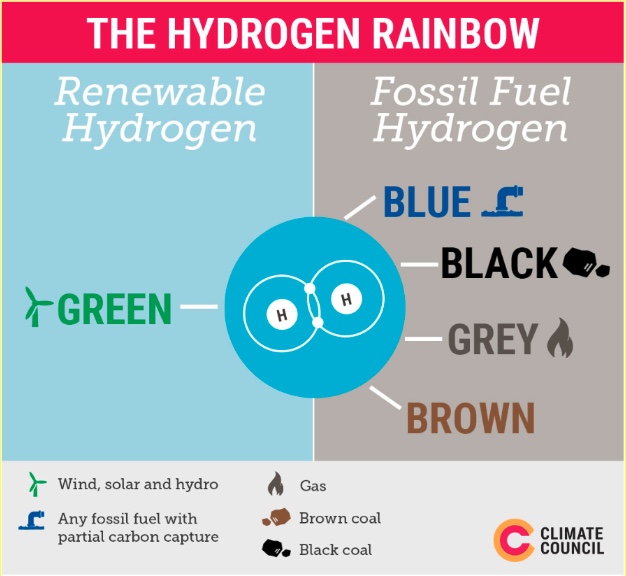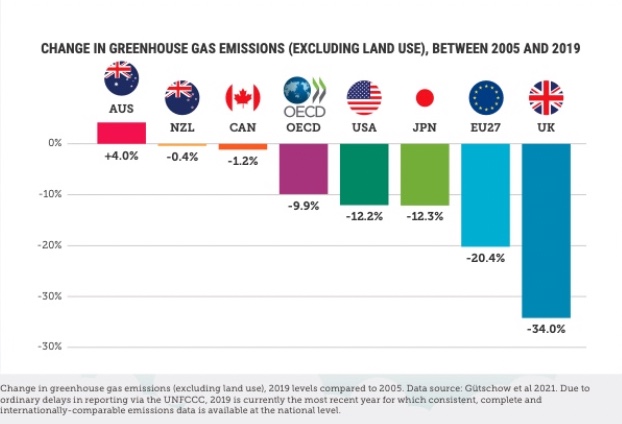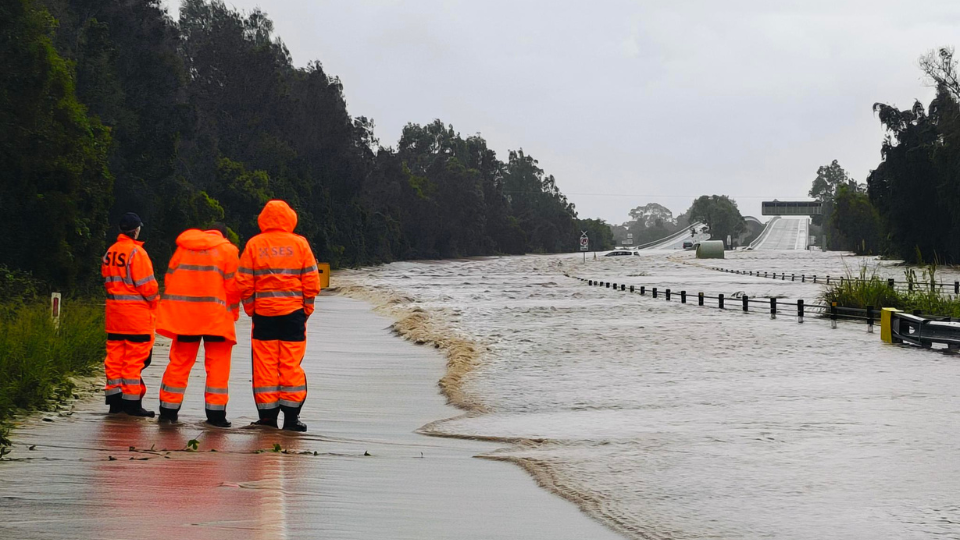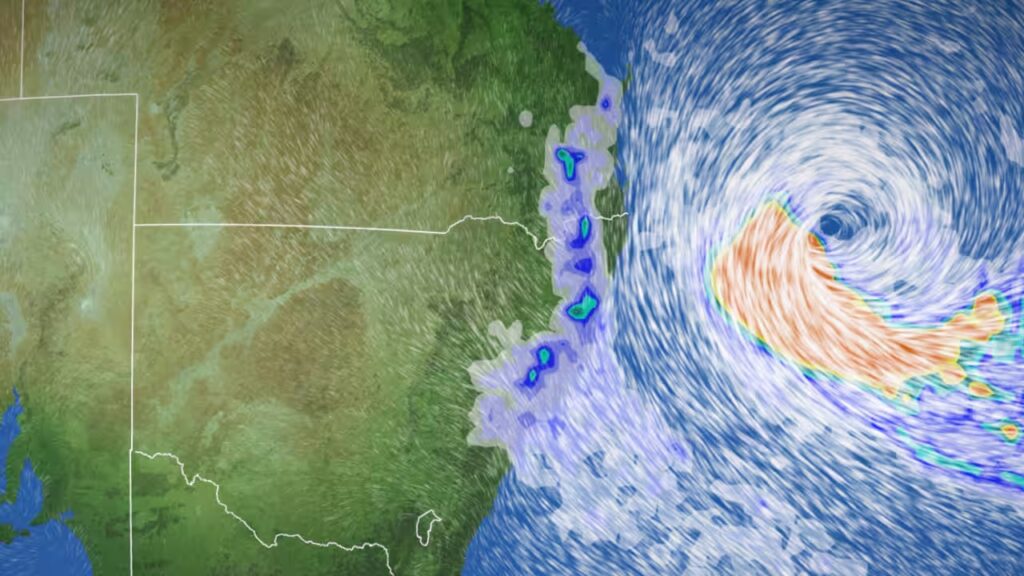As the 2022 federal election creeps ever closer, we are reminded that the facts and the science often get trumped by political spin and well… complete crap.
Our experts have laid out the leading furphies we’ve seen in this federal election campaign – and likely to encounter again – around climate. Use this tool to cut through the crap, and find the facts.
What can I do if I come across dubious claims?
There are several things you can do to counter misinformation or false claims:
- If you see it in the comments section of a social media post, you can politely correct the original poster and link to an original source (linking back here would be helpful!). We’ve listed some handy points for commenting below.
- Likewise if it’s a claim published in a news article, you can directly comment on the article online. It’s always good to cite a source.
- If you hear it during a live media interview on radio or television, Twitter can be a good place to post a correction in a timely way that grabs the outlet’s attention – be sure to tag whomever made the claim and the media outlet that broadcast it. You might also like to tag a fact checking service (see below).
- You can submit the claim for analysis to a fact checking service. This includes the ABC’s RMIT Fact Check, or requesting a fact check via email to The Guardian Australia.
- Write a letter to the editor. Most news websites have an email address or form to submit a letter to the editor in the ‘Contact Us’ section of their website. To maximise the chances of your letter being published: keep it below 200 words and make sure you include reliable source links for statements, your full name and address, and a subject line which clearly articulates your view. If you are responding to something you’ve read in their publication make sure you reference the article headline and the publication date.
- Here are contact details for some of the highest circulating publications in Australia:
Crap Claims:
#1 – “GAS IS CLEANER THAN COAL”
“Our gas industry is incredibly important for mining and manufacturing. Queensland Premier Annastacia Palaszczuk.
Gas is a polluting fossil fuel – just like coal and oil. In fact, the main component of gas, methane, is a greenhouse gas nearly 100 times more potent than carbon dioxide in the short term.
Gas is extracted from deposits in the ground and then burned for energy by households and industry. Even before it is used by households or industry, gas causes climate harm.
Along the entire gas supply chain large quantities of methane and carbon dioxide are added to the atmosphere, known as “fugitive emissions”. Hardly any of these fugitive emissions are officially counted, which hides just how polluting gas is.
To make matters worse, gas is also directly harmful to our health. Cooking with gas is estimated to be responsible for up to 12% of the burden of childhood asthma in Australia.
#2 – “ALL HYDROGEN IS CLEAN HYDROGEN”
“Queensland has great potential to become a clean hydrogen-producing powerhouse, with its access to local low-cost gas, carbon capture opportunities and renewables potential,” The Honorable Angus Taylor MP, Minister for Industry, Energy and Emissions Reduction.
“Clean hydrogen” is being bandied around in relation to all types of hydrogen – including the type produced from fossil fuels – which is misleading.
Hydrogen can be a clean and viable solution, but be aware that not all hydrogen is produced the same way. Most hydrogen is still created using fossil fuels, and therefore is adding to the climate problem. Only renewable hydrogen (otherwise referred to as ‘green’ hydrogen) is a clean and viable solution because it is produced with renewable electricity. Any other type of hydrogen is still polluting.
Find out more about hydrogen here.

#3 – “CARBON CAPTURE AND STORAGE IS A GOOD CLIMATE SOLUTION”
“If it is going to be a coal-fired power station that is much lower in emissions because we’re actually employing carbon capture and storage technology, then why wouldn’t we support that?” The Honorable Bridget McKenzie, Minister for Infrastructure, Transport and Regional Development
When it’s paired with coal or gas production, Carbon Capture and Storage (CCS) only serves to prolong the life of polluting fossil fuels in our energy system.
CCS isn’t a new concept and since that time it’s done very little good, and much evil. It was first used in 1972 to extract oil in a process known as ‘enhanced oil recovery’, which now accounts for almost three-quarters (72%) of all CCS projects (IEEFA 2022).
Australia has thrown more than $4 billion in public money at this flawed technology, and plans to spend another $85 million on top of that despite two decades worth of failings in the Australian industry and nothing to show for it.
Perhaps the greatest and most expensive failure of CCS is the largest project of its kind in the world – Gorgon in Western Australia. Gorgon was supposed to capture just over 12 million tonnes of emissions per year by 2021. However, the project only captured just under 5 million tonnes, or about 12 per cent of the project’s total emissions. Just like Gorgon, CCS more broadly has been a big, expensive failure.
Find out more about Carbon Capture and Storage.
Find the Australian Institute’s Carbon Capture Storage Report here.
#4 – “AUSTRALIA’S EMISSIONS HAVE FALLEN MORE THAN THOSE OF OTHER COUNTRIES”
Prime Minister Scott Morrison and other senior Ministers in the Liberal-National Government have repeatedly and misleadingly claimed that Australia’s emissions have fallen more than those of Canada, New Zealand, the United States and Japan since 2005. The Climate Council has meticulously researched this claim and found it to be untrue.
The Government purposely chose data from 2005 to justify this statement because incredibly high rates of land clearing in Australia in that year meant that emissions were similarly high.
The data used to justify this statement is from a year in which there were incredibly high rates of land clearing in Australia. This means the data in the base year is abnormally high and therefore becomes a flattering metric when compared against future years.
If you take land clearing out of the measurement, it’s plain as day that Australia has actually increased its overall emissions by 4% and compares very poorly to all other developed countries.

#5 – “WE’RE COMMITTED TO NET ZERO BY 2050”
“Our new official target, of reaching net zero emissions by 2050, our plan, gets the balance right – it is not a revolution, but a careful evolution” The Honourable Scott Morrison, Prime Minister of Australia.
The Morrison Government’s own modelling fails to get Australia to net zero by 2050. In fact, when the Climate Council scrutinised the plan, it found deep flaws including the fact that emissions would only be cut by up to 85 per cent by 2050.
On top of that, the Government does not have any effective policy mechanisms in place to actually reduce emissions, and explicitly relies on other actors (such as state and territory governments) to be doing so. Not to mention factoring in technologies that don’t yet exist, and may never exist. That’s one hell of a gamble.
The central logic of the work – and its associated modelling – is that corporations will voluntarily, and with no pressure or incentives from the Federal Government, will magically begin to pay a carbon price.
Read about how the net zero by 2050 modelling fails to meet the government’s own goals here.
Find an in depth report about the years of potential action we’ve already lost here.
#6 – “A SNEAKY CARBON TAX”
The “tax” they’re referring to is known as ‘The Safeguard Mechanism’. This policy was introduced by the Coalition Government, and remains a policy of the Morrison Government.
The Safeguard Mechanism was created by former Environment Minister Greg Hunt for the Liberal-National Party and was introduced under then-Prime Minister Tony Abbottt. It was legislated in 2014 as part of what was then known as the Coalition’s “direct action” policy.
The policy was intended to set emission limits for some of the highest emitting facilities in Australia and the mechanism has long been criticised as ineffective. The main reason it has attracted criticism is because companies that have exceeded their baselines have never been penalised by the Clean Energy Regulator.
Labor’s plan would set, enforce, and gradually reduce limits on Australia’s 215 biggest carbon polluters, which in total emit 140 million tonnes of greenhouse gas emissions – or 28 per cent of Australia’s total emissions.
Find The Australian Conservation Federation’s breakdown of the safeguard mechanism here.
#7 – “COAL AND GAS POWER KEEP PRICES LOW”
“I’m putting my money where my mouth is by announcing this new [coal-fired power] station so we can power Queensland and help bring down energy costs which continue to escalate,” Clive Palmer, Leader of the United Australia Party.
There has been a lot said about rising electricity prices this election campaign, and most of it is wrong.
We cannot stress this enough: CSIRO’s GenCost report shows that renewable energy is the cheapest form of electricity generation, and will only continue to get cheaper. In 2021, electricity was the cheapest it had been in almost a decade nationally thanks to wind and solar.
In Australia’s largest grid, the National Electricity Market (NEM), as more wind and solar comes online the price of electricity is declining. That makes sense because it means we need to rely less on fossil fuels like coal and gas, which are not only polluting but also have higher running costs.
In fact, due to expensive and polluting fossil fuel generation, wholesale electricity prices in the NEM averaged $87 per megawatt-hour (MWh) for the first quarter of 2022, which is up a whopping 141% compared to the first quarter of 2021.
Skyrocketing wholesale prices are being driven by increased demand, coal generator outages, and higher electricity-generation fuel costs.
By far, gas is the most expensive form of power in Australia, and the more we rely on it the more it drives up costs for households, business and industry. Luckily the role of gas in our grid is dwindling due to the expensive and volatile nature of gas. In 2021, gas supply dropped to its lowest level in more than 15 years, providing less than 6 percent of the NEM’s power. In comparison, renewable energy supplied five times more power than gas in our largest grid last year.
Read about how renewables are already providing more power than gas here.
#8 – “RENEWABLES WILL COST JOBS”
“Transition translates to unemployment.” The Honourable Barnaby Joyce, Deputy Prime Minister of Australia.
This is patently untrue. A chorus of economic experts and leading business voices say the exact opposite is true: renewables create jobs and vast economic opportunities (with the facts and figures to back it up).
The Business Council of Australia says a 46-50% emissions reduction by 2030 would add $890 billion to the economy and create 195,000 jobs over the next 50 years, particularly in regional areas (ABC 2021). Other experts agree:
- The Climate Council and AlphaBeta have calculated that 76,000 new jobs could be created in under three years by policy changes addressing climate change and the recovery from the COVID-19 pandemic.
- Accenture, a global consulting firm, found that a clean export industry could create 395,000 jobs and add $89 billion to the economy in 2040 – both numbers being higher than the current contribution of the fossil fuel industry.
- Major consultant EY, in a report commissioned by the World Wildlife Fund, showed that a renewable led recovery post-COVID would create over 100,000 direct jobs.
In fact, acting on climate change is crucial if we want to safeguard our economy. With a host of countries and regions, including the European Union, setting strong emissions reduction targets, there is a risk that Carbon Border Adjustment Mechanisms may be introduced against Australia if we do not take similar measures.
This means other countries could very well decide to apply tariffs to our high-emitting products, which could shave $12.5 billion from the economy every year and risk tens of thousands of jobs, particularly in New South Wales and Queensland. When there is so much to gain economically from taking decisive climate action, why would we risk economic ruin?
Find the Climate Council’s Clean Jobs Plan
The World Wildlife Foundation’s Renewable recovery plan.
Our report on the economic costs of Australia’s Climate Inaction.
#9 – “RENEWABLES DON’T WORK WHEN SUN DOESN’T SHINE AND WIND DOESN’T BLOW”
“When the wind doesn’t blow and the sun doesn’t shine you need a gas-fired power plant to make up that difference to keep the lights on and prices down,” – Australia’s Prime Minister Scott Morrison.
It also doesn’t rain all the time – but we’ve worked out how to ensure we have a constant supply of water. Engineers and scientists have worked out the answers to this.
First, just because the wind isn’t blowing in your area, doesn’t mean it’s not blowing elsewhere. Australia is a big country after all! In fact, as more wind and solar power is added to an electricity grid, and spread out over a wider geographic area, wind and solar become more and more predictable, and reliable. This is because weather systems move across landscapes, bringing changing wind and cloud conditions that we are now very good at forecasting and monitoring.
Two, there are plenty of storage technologies that can save electricity when supply is high and demand is low, and release it during periods of higher demand and lower supply. Like water storages and tanks do for rain.
This is particularly true for grid-scale batteries, which have been doing an excellent good job in stabilising our changing grid. In fact, batteries are much better at doing this in a modern grid than outdated fossil fuel power stations because they can automatically respond to disturbances in the supply of energy in a matter of milliseconds.
#10 – “WHAT AUSTRALIA DOES ON CLIMATE CHANGE WON’T MAKE ANY DIFFERENCE.”
“There’s no action by Australia that’s going to change the temperature of the globe at all.”- Australia’s Leader of the National Party Barnaby Joyce
This is a false claim. Australia is actually a fossil fuel heavyweight, so what we do makes a world of difference.
Last year, Australia was the world’s largest liquefied gas exporter (21% of international trade), the world’s largest steel-making coal exporter (55%) and the world’s second largest electricity-generating coal exporter (21%). That’s a bloody lot of climate pollution – none of which is counted in our national emissions, which are also very high.
It’s no surprise that Australia has been rightly singled out by the United Nations Secretary General as a ‘holdout’ on global climate action.
Instead, we could be playing a role in helping the entire world rapidly decarbonise. The Glasgow Climate Pact is clear in requiring the next Australian government to return to the negotiating table at the next United Nations climate talks with a stronger 2030 national emission reduction target. But why stop there? It’s in our national interests to see the world decarbonise as quickly as possible so that we avoid catastrophic levels of climate damage. Australia could be leading the way, and helping all other countries (particularly those still developing) follow suit by producing the technologies and clean exports that everyone needs.
Find our Lost Years Report here.
How to answer the argument that Australias emissions are too small to make a difference.










